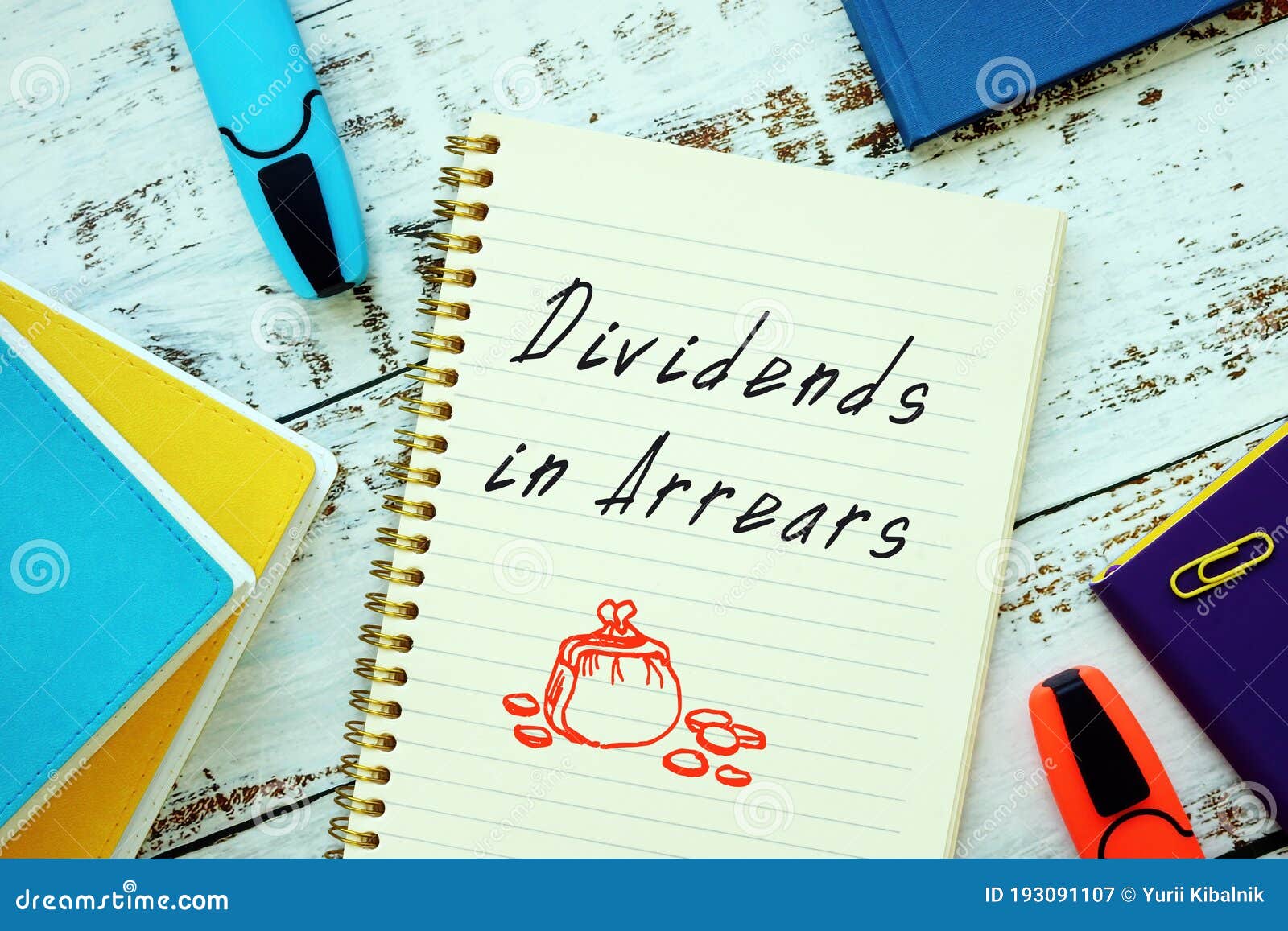All You Need to Know About Dividends in Arrears: Impact on Shareholders
- Posted by admin rcs
- On July 15, 2021
- 0

In year 4, preferred stockholders must receive $220,000 ($145,000 in arrears and $75,000 for year 4) before common shareholders receive anything. Since only $175,000 is declared, preferred stockholders receive it all and are still “owed” $45,000 at the end of year 4. In year 3, preferred stockholders must receive $205,000 ($130,000 in arrears and $75,000 for year 3) before common shareholders receive anything. Since only $60,000 is declared, preferred stockholders receive it all and are still “owed” $145,000 at the end of year 3. However, it is possible that the dividend declared is not enough to pay the entire amount per preferred share that is guaranteed before common stockholders receive dividends. In that case the amount declared is divided by the number of preferred shares.
Preferred Dividend Calculator
In year five, preferred stockholders must receive $75,000 before common shareholders receive anything. Since $200,000 is declared, preferred stockholders receive $75,000 of it and common shareholders receive the remaining $125,000. In year 2, preferred stockholders must receive $150,000 ($75,000 for year 1 and $75,000 for year 2) before common shareholders receive anything. Since only $20,000 is declared, preferred stockholders receive it all and are still “owed” $130,000 at the end of year 2. Arrearage also applies to dividends that are due but have not been paid to preferred shareholders.
What is your current financial priority?
Finally, calculate total dividends in arrears by multiplying the quarterly expected dividend payment by the number of missed payments. This is the amount that must be paid out before common stockholders are issued dividends. But dividend payments are not guaranteed to owners of common stock.
Common Shares Vs. Preferred Shares
In year three, the economy booms, allowing the company to resume dividends. The cumulative preferred stock shareholders must be paid the $900 in arrears in addition to the current dividend of $600. Once all cumulative shareholders receive the $1,500 due per share, the company may consider paying dividends how to calculate dividends in arrears to other classes of shareholders. Preferred dividends hold significance as they represent consistent income payments to preferred shareholders, establishing an attractive incentive for investors. This predictability enhances a company’s ability to attract capital and maintain investor confidence.

10: Cash Dividends Calculations
This can effectively eliminate all dividends to common stockholders for an extended period of time. Dividends in arrears are those dividends given to preferred stockholders. It must be paid before any dividends are given to common stockholders. The dividends in arrears total is recorded on the company’s balance sheet. Preferred dividends are allocated to and paid on a company’s preferred shares. If a company can’t pay all dividends, claims to preferred dividends take precedence over claims to dividends that are paid on common shares.
What Kinds of Payments Can Be in Arrears?
The dividends for preferred stocks are, by definition, determined in advance and paid out before any dividend for the company’s common stock is determined. The dividend may be a set percentage or may be tied to a particular benchmark interest rate. If a company is unable to pay all dividends, claims to preferred dividends take precedence over claims to dividends that are paid on common shares.
In other words, the dividend’s total value reduces retained earnings and cash. Though companies want to reward shareholders for investment, they are not in the business of giving away more money than they have to. Due to a failing economy and some legal issues with one of its directors, ABC’s profits take a huge dive, leaving it with just enough to pay the most urgent bills. The board elects to suspend all dividend payments until revenues pick up. Preferred stock can also be referred to as “preference share.” Preferred stock comes with a fixed annual payment par value. This means no matter how much profit results from it, the person holding the stock will only be paid the fixed amount.
- And if this is the case, a company may decide to issue dividends to common stockholders as well.
- Payments that are made at the end of a period are also said to be in arrears.
- These unpaid dividends stack up over periods—quarters or years—and must be paid out before any new dividends are given to common stockholders.
- Current stockholders might sell off their shares in fear of losing more money, leading to further declines in share price and financial stability for the company.
- This dividend is paid out at set intervals, usually quarterly, to preferred holders.
- Adam received his master’s in economics from The New School for Social Research and his Ph.D. from the University of Wisconsin-Madison in sociology.
All issuances of preferred stock contain the equity’s dividend rate and par value in the preferred-stock prospectus. The dividend rate multiplied by the par value equates to the total annual preferred dividend. During hard financial times, a firm may find itself unable to pay preferred shareholders. This is a drastic decision and would not sit well with stakeholders. When preferred stock shares are acquired, they come with a stated dividend rate.



0 comments on All You Need to Know About Dividends in Arrears: Impact on Shareholders